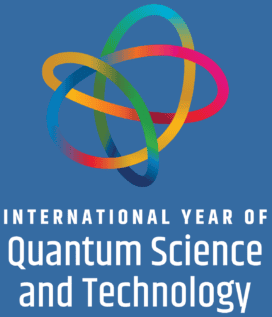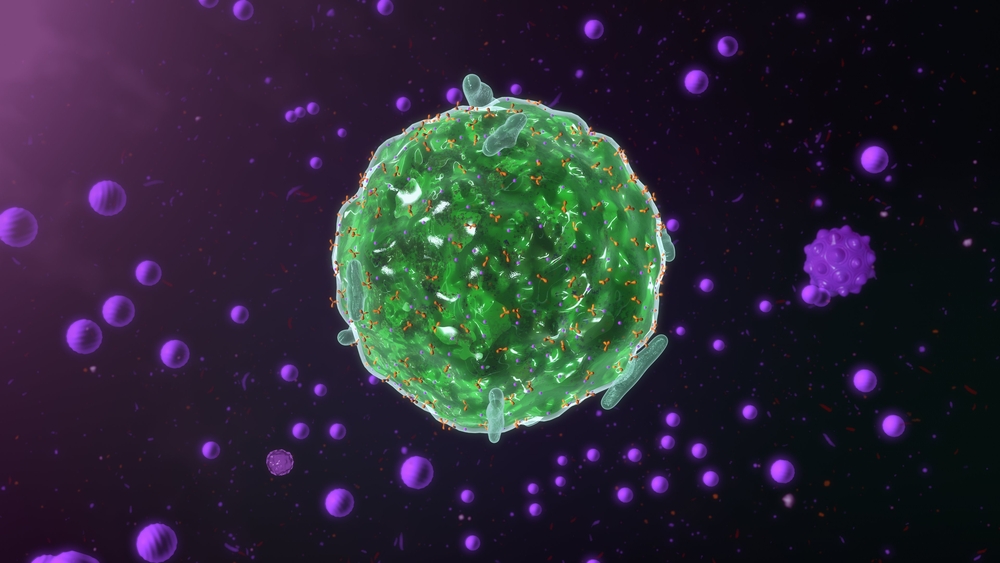A quantum computer has been used for the first time to generate strings of certifiably random numbers. The protocol for doing this, which was developed by a team that included researchers at JPMorganChase and the quantum computing firm Quantinuum, could have applications in areas ranging from lotteries to cryptography – leading Quantinuum to claim it as quantum computing’s first commercial application, though other firms have made similar assertions. Separately, Quantinuum and its academic collaborators used the same trapped-ion quantum computer to explore problems in quantum magnetism and knot theory.
Genuinely random numbers are important in several fields, but classical computers cannot create them. The best they can do is to generate apparently random or “pseudorandom” numbers. Randomness is inherent in the laws of quantum mechanics, however, so quantum computers are naturally suited to random number generation. In fact, random circuit sampling – in which all qubits are initialized in a given state and allowed to evolve via quantum gates before having their states measured at the output – is often used to benchmark their power.
Of course, not everyone who wants to produce random numbers will have their own quantum computer. However, in 2023 Scott Aaronson of the University of Texas at Austin, US and his then-PhD student Shi-Han Hung suggested that a client could send a series of pseudorandomly chosen “challenge” circuits to a central server. There, a quantum computer could perform random circuit sampling before sending the readouts to the client.
If these readouts are truly the product of random circuit sampling measurements performed on a quantum computer, they will be truly random numbers. “Certifying the ‘quantumness’ of the output guarantees its randomness,” says Marco Pistoia, JPMorganChase’s head of global technology applied research.
Importantly, this certification is something a classical computer can do. The way this works is that the client samples a subset of the bit strings in the readouts and performs a test called cross-entropy benchmarking. This test measures the probability that the numbers could have come from a non-quantum source. If the client is satisfied with this measurement, they can trust that the samples were genuinely the result of random circuit sampling. Otherwise, they may conclude that the data could have been generated by “spoofing” – that is, using a classical algorithm to mimic a quantum computer. The degree of confidence in this test, and the number of bits they are willing to settle for to achieve this confidence, is up to the client.
High-fidelity quantum computing
In the new work, Pistoia, Aaronson, Hung and colleagues sent challenge circuits to the 56-qubit Quantinuum H2-1 quantum computer over the Internet. The attraction of the Quantinuum H2-1, Pistoia explains, is its high fidelity: “Somebody could say ‘Well, when it comes to randomness, why would you care about accuracy – it’s random anyway’,” he says. “But we want to measure whether the number that we get from Quantinuum really came from a quantum computer, and a low-fidelity quantum computer makes it more difficult to ascertain that with confidence… That’s why we needed to wait all these years, because a low-fidelity quantum computer wouldn’t have given us the certification part.”
The team then certified the randomness of the bits they got back by performing cross-entropy benchmarking using four of the world’s most powerful supercomputers, including Frontier at the US Department of Energy’s Oak Ridge National Laboratory. The results showed that it would have been impossible for a dishonest adversary with similar classical computing power to spoof a quantum computer – provided the client set a short enough time limit.
One drawback is that at present, the computational cost of verifying that random numbers have not been spoofed is similar to the computational cost of spoofing them. “New work is needed to develop approaches for which the certification process can run on a regular computer,” Pistoia says. “I think this will remain an active area of research in the future.”
Studying other problems
Quantinuum has also released the results of two scientific studies performed using the Quantinuum H2-1. The first examines a well-known problem in knot theory involving the Jones polynomial. The second explores quantum magnetism, which was also the subject of quantum computing work by groups at Harvard University, Google Quantum AI and, most recently, D-Wave Systems. Michael Foss-Feig, a quantum computing theorist at Quantinuum who led the quantum magnetism study, explains that the groups focused on different problems, with Quantinuum and its American and European academic collaborators studying thermalization rather than quantum phase transitions.
A more important difference, Foss-Feig argues, is that whereas the other groups used a partly analogue approach to simulating their quantum magnetic system, with all quantum gates activated simultaneously, Quantinuum’s approach divided time into a series of discrete steps, with operations following in a sequence similar to that of a classical computer. This digitization meant the researchers could perform a discrete gate operation as required, between any of the ionic qubits in their lattice. “This digital architecture is an extremely convenient way to compile a very wide range of physical problems,” Foss-Feig says. “You might think, for example, of simulating not just spins, for example, but also fermions or bosons.”
While the researchers say it would be just possible to reproduce these simulations using classical computers, they plan to study larger models soon. A 96-qubit version of their device, called Helios, is slated for launch later in 2025.
“We’ve gone through a shift”
Quantum information scientist Barry Sanders of the University of Calgary, Canada is impressed by all three works. “The real game changer here is Quantinuum’s really nice 56-qubit quantum computer,” he says. “Instead of just being bigger in its number of qubits, it’s hit multiple important targets.”
In Sanders’ view, the computer’s fully digital architecture is important for scalability, although he notes that many in the field would dispute that. The most important development, he adds, is that the research frames the value of a quantum computer in terms of its accomplishments.
“We’ve gone through a shift: when you buy a normal computer, you want to know what that computer can do for you, not how good is the transistor,” he says. “In the old days, we used to say ‘I made a quantum computer and my components are better than your components – my two-qubit gate is better’… Now we say, ‘I made a quantum computer and I’m going to brag about the problem I solved’.”
The random number generation paper is published in Nature. The others are available on the arXiv pre-print server.
The post Quantum computer generates strings of certifiably random numbers appeared first on Physics World.




























